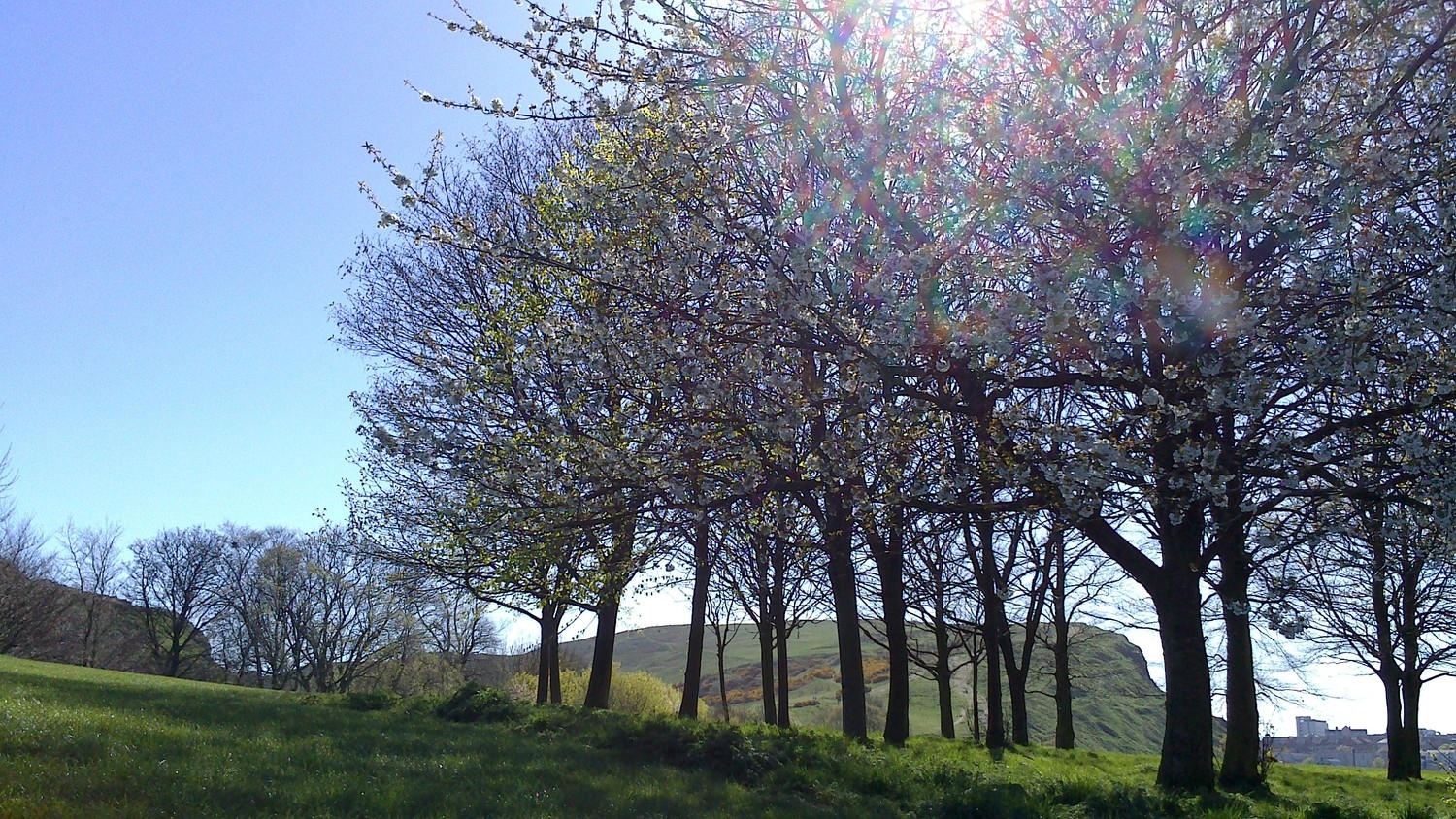Breathing is such a natural process that we can easily take it for granted, and for good reason too. Our respiratory process is part of our autonomic nervous system, allowing it to operate below the radar of consciousness and enabling us to maintain oxygen intake at all times, even in our sleep. On the whole it works relatively well and we can happily go about our day safe in the knowledge that we will not suffocate anytime soon. Through the study of martial arts and in particular Kung Fu, we can develop a deeper understanding of breathing and improve the way in which we breathe to promote health and functionality. Whatever we choose to fill our 24 hours a day with, the way in which we breathe will be an intrinsic element and unfortunately one which is often overlooked.
When we think about the process of taking a deep breath it is easy to focus solely on what is most apparent and in many cases involves an expansion of the chest like a puffed up pigeon combined with a raising of the shoulders. This is the polar opposite of how we breathe in Qi Gong (Chi Kung), a fundamental component of Kung Fu.
Stretching across the bottom of the rib cage and separating the heart and lungs from the abdominal cavity we have a sheet of muscle called the thoracic diaphragm. The 'diaphragm' is concaved upwards protruding into the chest cavity and as it contracts and straightens it effectively pulls downwards, increasing the volume within the chest and therefore drawing air into the lungs. This should be our primary tool for inhalation allowing us to breathe with ease without any need to tense the shoulders at all.
When we inhale in Qi Gong (Chi Kung) and Kung Fu we facilitate the downwards movement of the diaphragm by allowing other muscle groups to relax and expand. Rather than the feeling of breathing into the chest, the focus is on breathing down much deeper into the abdomen giving a sensation of filling the entire abdominal cavity with air. The process begins with relaxing the pelvic floor at the base of the pelvis and then moving up by relaxing and expanding the pair of muscles running up the front of the abdomen known as the rectus abdominis or abs for short. Unfortunately for the Banzai Beach six-pack chasers out there this does require flexible and pliable abs as opposed to the tight and defined lumps being sold to us by the media.
During inhalation a muscle group around our midriff and connecting our back, iliac crest and ribs called the internal obliques also relax. Whilst most other muscles groups are expanding and sinking in the abdomen, the internal obliques to the sides are in fact raising, giving a simultaneous lifting sensation. Whilst the abdominal muscles relax and expand with the breath drawing in, the muscles in the lumbar area of our back also relax and expand. This combination of relaxing both the muscles at the front and and at the back is called double breathing and allows us to maximise the intake of air into the body.
As we gently exhale the opposite occurs with the muscles mentioned above now contracting as the diaphragm relaxes back into its concaved shape. The Abdominal muscles not only contract and pull in but also have a slight upwards movement beneath the rib cage. The air which has been drawn in through the nose to deep inside the lungs is now gently expelled out through the mouth.
This is in fact how we all once breathed as babies, it is a natural process. Over the years and as we mature we begin to rely more and more on the chest and less on the diaphragm, abdominals, pelvic and lumbar muscle groups. Perhaps this is a process related to social stress causing a tightening of these muscles. By breathing deeper and in a relaxed way the air is reaching a higher concentration of blood vessels in the lower part of the lungs, promoting oxygenation and efficiency. Experiments have demonstrated the importance of controlled breathing for oxygenation especially when related to heart failure and reducing blood pressure.
We often use breathing in phrases to describe various occasions: 'a sigh of relief', 'take a deep breath', 'in the very next breath' and 'their last breath'. Breathing plays a crucial role in our bodies beyond how we commonly view it and although we use the aforementioned phrases regularly we do not often relate to the concepts behind them. Through correct, and by that I mean slow and deep breathing the mind begins to become calm and relaxed. The body also begins to relax and in doing so helps the mind to relax. A relaxed mind facilitates a calm body and consequently a calm breath. Here we enter a virtuous circle of relaxation, promoting clear thought and physical health and driven quite simply by the breath. The process of working the abdominal area whilst breathing also helps to naturally massage the internal organs, promoting digestion and blood flow.
This is one reason why in Qi Gong (Chi Kung) and Kung Fu we focus so much on the area of the lower belly which we call the Dan Tien. As we breathe in, the process begins by focusing on the Dan Tien and why learning to relax the related muscle groups is crucial to good health. This is not a form of cosmic magic but common sense, come along to one of our Tai Chi classes in Edinburgh to see for yourself.

